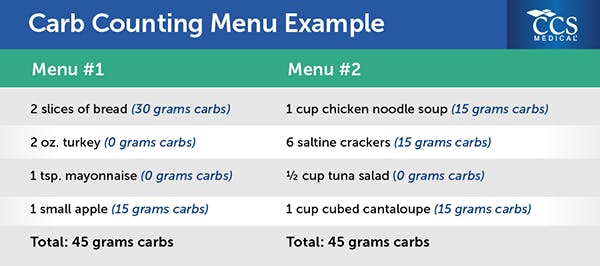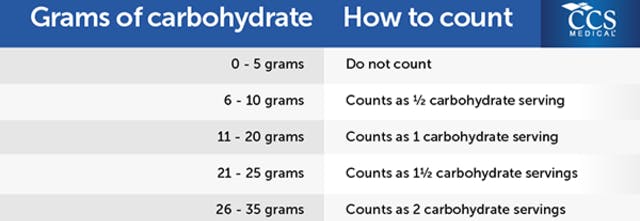Diabetic Carb Counting for Diabetes
Diabetic Carb Counting
What Are Carbohydrates?
Carbohydrates are the nutrients that have the greatest effect on blood sugar levels. Almost all carbohydrates eaten turn into sugar within 1-2 hours. The more carbohydrates eaten, the higher blood sugar levels rise. While carbohydrates are needed for energy, it is important to not overload the body's insulin supply. The key is to eat carbohydrates as a part of a balanced meal plan.
What Is Carb Counting?
Carb counting is a meal-planning method commonly used by people with diabetes. In this method, food labels and food composition tables are used to identify and add the number of carbohydrates eaten during each meal or snack. The goal is for the total carbohydrate intake to stay nearly the same at each meal and to match a suggested amount, as determined by a person?s activity level, height and weight. A physician, dietitian or diabetes educator can help determine how many carbohydrates an individual should eat during each meal or snack.
What Are the Benefits of Carb Counting?
Carb counting is precise method that helps improve blood sugar control. It also allows for flexibility of food choices. People who practice carb counting can enjoy a variety of different foods. Even occasional sweets are allowed as long as they are accounted for in the carbohydrate count. The table below demonstrates how two very different meals can add up to the same number of carbohydrates.

Remember: Even if a food is low in carbohydrates, it can still be high in fat and calories. Pay attention to portion sizes of all foods eaten.
